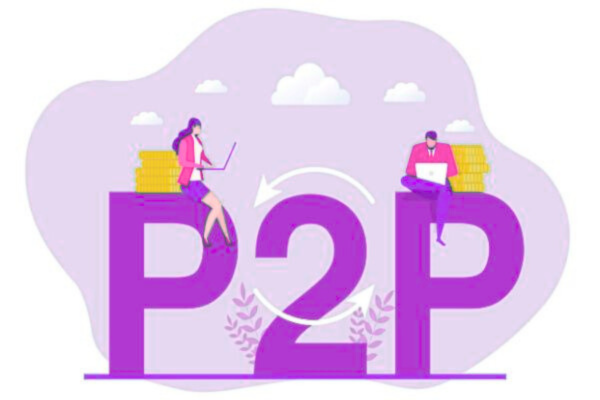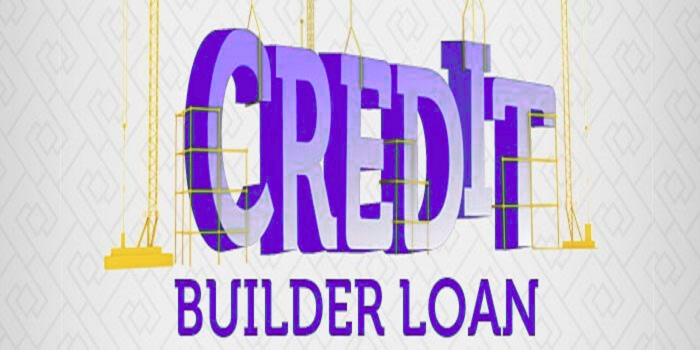What Is a Line of Credit?
This financing tool allows borrowers to tap into funds up to an approved limit, ensuring interest is charged solely on the funds utilized.” draw.” Unlike traditional loans, which provide a lump sum upfront, a line of credit offers ongoing access to funds, making it ideal for managing cash flow, unexpected expenses, or large projects. In today’s fast-paced financial world, understanding how lines of credit work and how to leverage them effectively can help you maintain financial flexibility and optimize spending. Whether for personal needs or business purposes, this guide explores everything you need to know about lines of credit, including real-life use cases, benefits, and strategies.
How Does a Line of Credit Work?
A line of credit functions like a financial safety net. Think of it as a credit card with a revolving balance. The lender sets a maximum borrowing limit, and you can withdraw funds as needed. You repay only the amount you borrow, plus any interest accrued. Once repaid, the funds become available again, giving you ongoing access.
Key Features:
- Credit limit: The maximum amount you can borrow.
- Interest rates: Typically variable, often lower than credit cards.
- Repayment flexibility: Pay interest-only or principal plus interest.
- Revolving nature: Funds can be reused once repaid.
Example Scenario
Imagine you run a small business and have seasonal fluctuations in sales. “During lean periods, a line of credit can help manage payroll and inventory needs without requiring substantial upfront borrowing.”
Types of Lines of Credit
Lines of credit come in various forms, each designed to meet specific financial needs.
1. Personal Line of Credit
A personal line of credit allows individuals to borrow money for personal expenses, emergencies, or major purchases. Interest rates are generally lower than credit cards, and funds can be accessed via checks, online transfers, or linked debit cards.
2. Home Equity Line of Credit (HELOC)
A HELOC uses your home as collateral. It’s ideal for large expenses like home renovations, tuition, or debt consolidation. Because it’s secured, interest rates are usually lower than unsecured options.
3. Business Line of Credit
Businesses can benefit from a business line of credit to manage operational expenses, purchase inventory, or handle cash flow gaps. It’s flexible and can prevent disruptions in operations due to temporary shortages of funds.
4. Secured vs. Unsecured Lines of Credit
Secured: Backed by collateral (e.g., home, savings). Lower risk and lower interest rates.
Unsecured: No collateral required, but interest rates are higher due to lender risk.
Advantages of a Line of Credit
Lines of credit provide unique benefits compared to traditional loans:
- Flexibility: Use the money you need, when you need it, with no excess.
- Lower interest expenses: You’re charged interest solely on the funds you actually borrow.
- Credit building: Responsible use can improve your credit score.
- Financial safety net: Access funds quickly during emergencies.
- Business growth support: Helps businesses manage fluctuating cash flow.
- Disadvantages of a Line of Credit
- Despite their benefits, lines of credit have some drawbacks:
- Variable interest rates: Rates can rise, increasing costs.
- Discipline needed: Having readily available funds may tempt overspending.
- Collateral risk: Secured lines put assets at risk if repayments fail.
- Fees: Some lines include annual fees, maintenance fees, or draw fees.
Line of Credit vs. Credit Card: What’s the Difference?
| Feature | Line of Credit | Credit Card |
|---|---|---|
| Access | Direct transfer or check | Card swipes or online transactions |
| Interest | Lower, often variable | Higher, usually variable |
| Repayment | Flexible | Minimum monthly payment required |
| Purpose | Large expenses, cash flow | Everyday purchases, short-term use |
| Collateral | Optional | Unsecured |
How to Apply for a Line of Credit
- Applying for a line of credit is a clear process that can be broken down into a few steps:
- Check your credit score: Higher scores improve approval odds.
- Understand your borrowing needs: Determine how much financial flexibility works for your situation.”
- Compare lenders: Look at interest rates, fees, and repayment terms.
- Gather documentation: Income verification, assets, and liabilities.
- Submit an application: Either online or in person.
- Review terms: Ensure you understand the credit limit, interest, and repayment structure.
FAQs About Line of Credit
1. What is the difference between a line of credit and a loan?
A loan provides a lump sum upfront with fixed payments, while a line of credit offers revolving access to funds and interest is paid only on what you use.
2. Am I allowed to use my personal line of credit for business purposes?
Technically yes, but it’s not recommended. Business lines of credit offer better terms and protect personal credit.
3. How is interest calculated on a line of credit?
Interest accrues only on the withdrawn amount and is usually calculated daily or monthly.
4.”How much is the minimum payment on a line of credit?”
Repayment terms vary; some require interest-only payments, others require a combination of principal and interest.
5. Can I increase my credit limit?
Yes, many lenders allow limit increases after demonstrating responsible use.
6. Are lines of credit tax-deductible?
Interest may be deductible in certain cases, such as business use or home equity lines used for home improvement. Consult a tax advisor for specifics.
7. What happens if I miss a payment?
Failing to make a payment might trigger fees, raise your interest rate, and lower your credit score.
8. How much time does approval usually take?
Approval can take from a few hours (online lenders) to several weeks (traditional banks).
9. Are secured lines safer than unsecured?
Yes, secured lines have collateral, which lowers risk for lenders and often results in lower interest rates.
10. Can a line of credit replace an emergency fund?
It can serve as a backup, but maintaining cash savings is recommended for financial security.
Conclusion
A line of credit is a versatile financial tool that offers flexibility, lower interest rates, and ongoing access to funds for personal and business needs. By understanding the types, advantages, and best practices, you can leverage it for cash flow management, large purchases, or emergency planning. Whether it’s funding business equipment, covering unexpected expenses, or managing seasonal fluctuations, a line of credit can provide peace of mind and financial agility.






